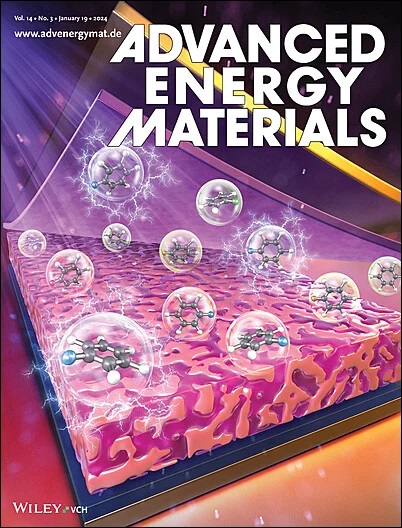Unveiling the Critical Role of Pre-Hydrothermal Effect in Plant Biowaste-Derived Hard Carbon for Superior Rate Capability and Cycle Life in Sodium-Ion Batteries
IF 24.4
1区 材料科学
Q1 CHEMISTRY, PHYSICAL
引用次数: 0
Abstract
Leveraging economically viable plant bio-waste-derived hard carbon (HC) anode materials for sodium-ion batteries is logical. Many plants' bio-waste materials are used as HC precursors, but their fabrication process is usually limited by direct carbonization which constrains their large-scale sustainability. Herein, the critical role of the pre-hydrothermal carbonization effect in regulating the structure and interfacial Na+ storage mechanism/performance of HC derived from oak leaves (OL) biowaste (OLHC) is reported. The resultant OLHC demonstrates a high-reversible capacity (378 mAh g−1 at 0.1 C), superior rate performance (272.9 mAh g−1 at 10 C), remarkable cycling performance (75% after 8000 cycles at 10 C), and adequate ICE (85%). Advanced ex/in situ characterization combined with theoretical calculations reveals that hydrothermal pre-regulation of OLHC stabilizes the spherical particles, introducing more active sites and promoting surface properties with oxygen dopant-induced defects, which shows uneven surface electrostatic potential and lower activation energy for Na+ adsorption thus generates a thin layer of PF6−/NaF-enriched core-shell-like SEI modulation with organic–inorganic composition. This enables fast interfacial Na+ diffusion kinetics, contributing to high-capacity retention and stable cycling performance. The studies offer a systematic understanding of the pre-hydrothermal strategy for the structural design of HC from plant-leaves-biowaste with true sustainability and improved performance for SIBs.

求助全文
约1分钟内获得全文
求助全文
来源期刊

Advanced Energy Materials
CHEMISTRY, PHYSICAL-ENERGY & FUELS
CiteScore
41.90
自引率
4.00%
发文量
889
审稿时长
1.4 months
期刊介绍:
Established in 2011, Advanced Energy Materials is an international, interdisciplinary, English-language journal that focuses on materials used in energy harvesting, conversion, and storage. It is regarded as a top-quality journal alongside Advanced Materials, Advanced Functional Materials, and Small.
With a 2022 Impact Factor of 27.8, Advanced Energy Materials is considered a prime source for the best energy-related research. The journal covers a wide range of topics in energy-related research, including organic and inorganic photovoltaics, batteries and supercapacitors, fuel cells, hydrogen generation and storage, thermoelectrics, water splitting and photocatalysis, solar fuels and thermosolar power, magnetocalorics, and piezoelectronics.
The readership of Advanced Energy Materials includes materials scientists, chemists, physicists, and engineers in both academia and industry. The journal is indexed in various databases and collections, such as Advanced Technologies & Aerospace Database, FIZ Karlsruhe, INSPEC (IET), Science Citation Index Expanded, Technology Collection, and Web of Science, among others.
 求助内容:
求助内容: 应助结果提醒方式:
应助结果提醒方式:


